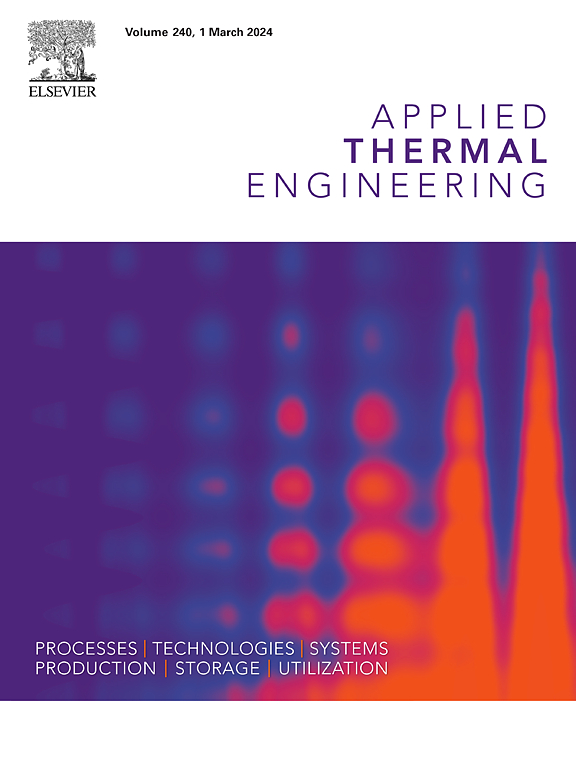Performance investigation and machine learning modeling of PV panels equipped with PCM based passive cooling systems
IF 6.1
2区 工程技术
Q2 ENERGY & FUELS
引用次数: 0
Abstract
In this work performance of two PCM based passive cooling systems for PV panels was investigated. The cooling systems were in the form of rectangular PCM containers, one equipped with fins while the other with porous medium. Outdoor experiments were conducted in winter and summer to examine both daytime cooling and nighttime heat rejection of the two containers, and to explore the performance variation across the two seasons. Moreover, machine learning models were generated to predict the PV panel’s temperature and power for the considered systems. Both systems effectively cooled the PV panels in winter during the day and achieved sufficient heat rejection during the night. However, the porous medium container had superior performance, achieving around 3.40 °C average temperature reduction and up to 3.56 % enhancement in efficiency. In summer where PV temperatures are much higher, the porous medium container underperformed while the finned container resulted in noticeable cooling achieving 3.42 °C temperature reduction and up to 6.58 % increase in efficiency. On other hand, the finned container encountered insufficient heat rejection at night. Machine learning models generated using ANN illustrated acceptable prediction accuracy with coefficient of determination (R2) of 0.98 for winter and 0.99 for summer. The mean square errors (MSE) in the predicted PV’s temperature and power were 1.08 °C2 and 0.27 W2 for winter and 1.57 °C2 and 0.11 W2 for summer, respectively. The findings of the study highlights the season-dependent nature of different PCM based passive cooling systems.
求助全文
约1分钟内获得全文
求助全文
来源期刊

Applied Thermal Engineering
工程技术-工程:机械
CiteScore
11.30
自引率
15.60%
发文量
1474
审稿时长
57 days
期刊介绍:
Applied Thermal Engineering disseminates novel research related to the design, development and demonstration of components, devices, equipment, technologies and systems involving thermal processes for the production, storage, utilization and conservation of energy, with a focus on engineering application.
The journal publishes high-quality and high-impact Original Research Articles, Review Articles, Short Communications and Letters to the Editor on cutting-edge innovations in research, and recent advances or issues of interest to the thermal engineering community.
 求助内容:
求助内容: 应助结果提醒方式:
应助结果提醒方式:


